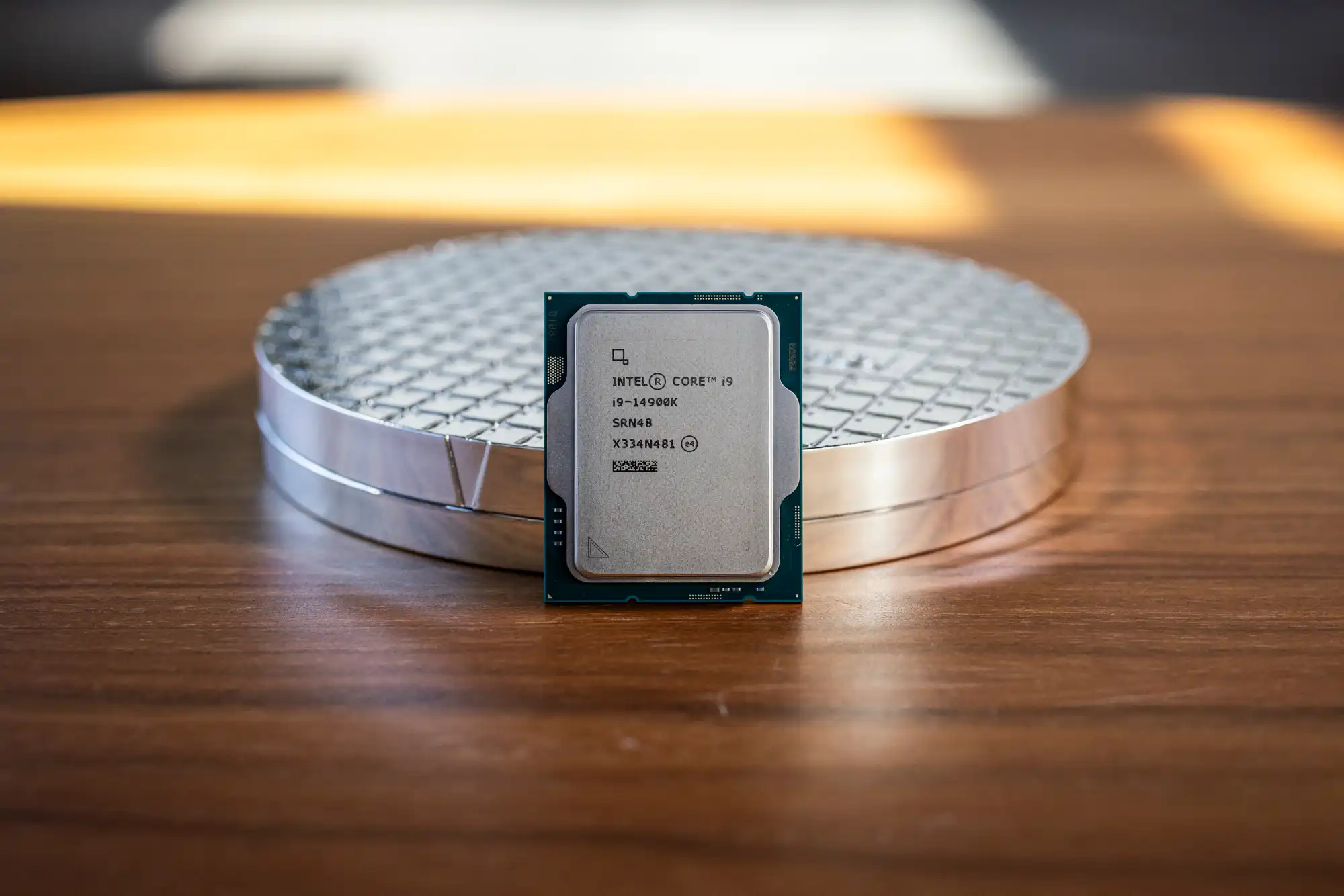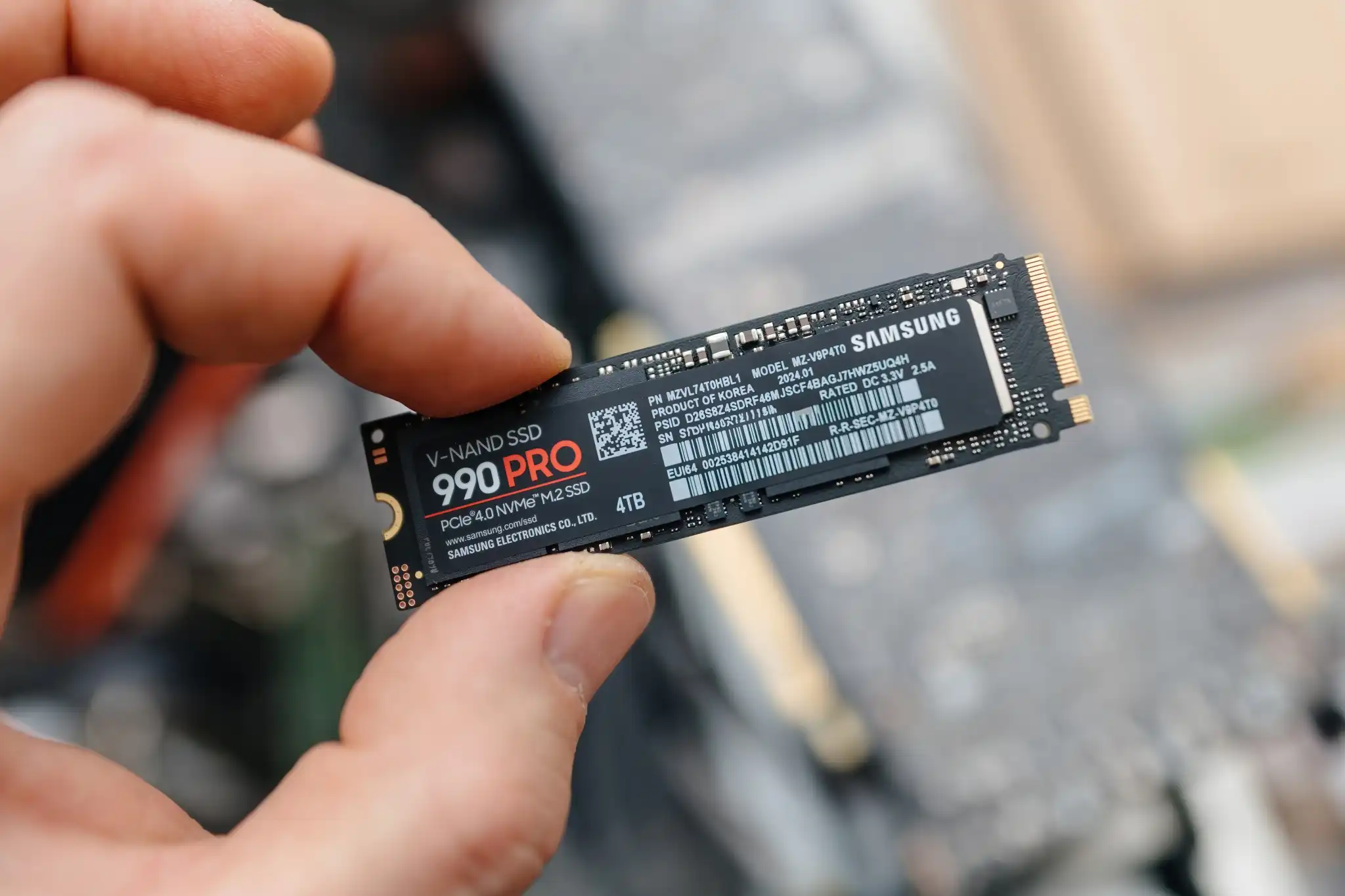Expect an update next month to address long-running instability issues with 13th gen and 14th gen CPUs
Intel has apparently finally gotten to the bottom of its long-running CPU instability issues and will deliver a fix in August, company officials said on Monday.
The company said “elevated operating voltage” due to a “microcode algorithm” is to blame for months of seemingly random instability issues that have plagued an unknown number of 13th gen and 14th gen CPUs.
“Intel has determined that elevated operating voltage is a primary cause of the instability issues in some 13th and 14th Gen desktop processors,” an Intel spokesman told PCWorld on Monday evening. “Analysis of returned processors confirms that the elevated operating voltage is stemming from a microcode algorithm resulting in incorrect voltage requests to the processor.”
Although elevated voltage is the primary cause and what looks to be the bulk of the issues, Intel said it will continue its investigation. The company also released a statement on its community forum.
“Intel’s investigation continues in order to ensure all scenarios of instability reported to Intel are addressed on 13th and 14th generation desktop processors,” the spokesman said.
The company expects to deliver a microcode patch next month to address “the root cause of exposure to elevated voltages.”
Microcode patches are typically rolled into UEFI updates from motherboard makers. Intel said it expects that once the update is delivered to partners, they will validate the update with a delivery expected in mid-August.
“Intel is committed to making this right with our customers, and we continue asking any customers currently experiencing instability issues on their Intel Core 13th/14th Gen desktop processors reach out to Intel Customer Support for further assistance,” the company said in its formal statement.
Intel’s news comes as customer concern built to a crescendo in recent weeks with a high-profile video from Level1Tech’s Wendell highlighting crash reports from game developers as well as instability issues in servers using the same chips.
Many had assumed the instability issues were confined to consumer platforms using overclocking and performance focused motherboards–but Level1Tech’s investigation found even server-focused boards using consumer-grade CPUs were exhibiting instability issues as well.
Wendell also appeared on a recent The Full Nerd podcast to talk about his investigation.
The volume turned up another notch after Gamers Nexus’ Steve Burke said he could no longer recommend Intel CPUs and cited his own sources who thought one possible factor could be oxidation problems in an untold amount of Intel CPUs.
But showing just how difficult it has been for anyone to get to the bottom of the problem, Intel officials on the Intel subreddit addressed Gamers Nexus’ allegation by acknowledging that there was indeed an oxidation issue–but it was addressed last year and only a small number of CPU instability issues are related to it.
“We can confirm that the Oxidation manufacturing issue affected some early Intel Core 13th Gen desktop processors,” wrote Intel evangelist Alex Hoyos on Reddit. “However, the issue was root caused and addressed with manufacturing improvements and screens in 2023. We have also looked at it from the instability reports on Intel Core 13th Gen desktop processors and the analysis to-date has determined that only a small number of instability reports can be connected to the manufacturing issue.”
That’s not the only fire Intel has had to put out. After recent allegations by a game developer that the problem also extended to laptops, the company denied the claims and said the issues are confined to desktop chips.
Lastly, for those concerned about their chips and how to spot and prevent further damage, YouTuber Robeytech said he has worked with Intel and PC system integrators on some methods to help mitigate and spot the issues. Obviously obtaining the latest UEFI helps but there are also critical motherboard settings too that we’ve covered previously on PCWorld.





